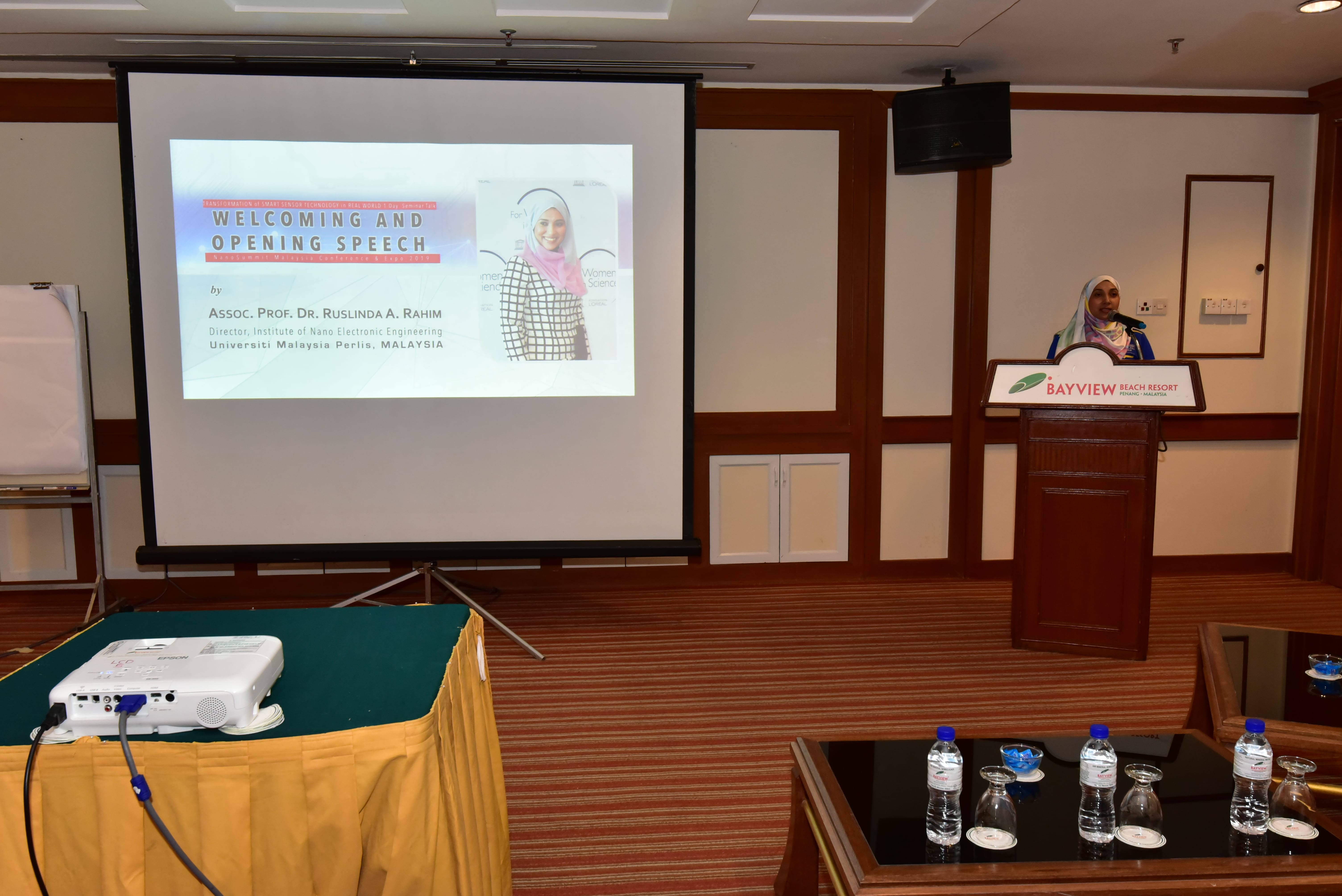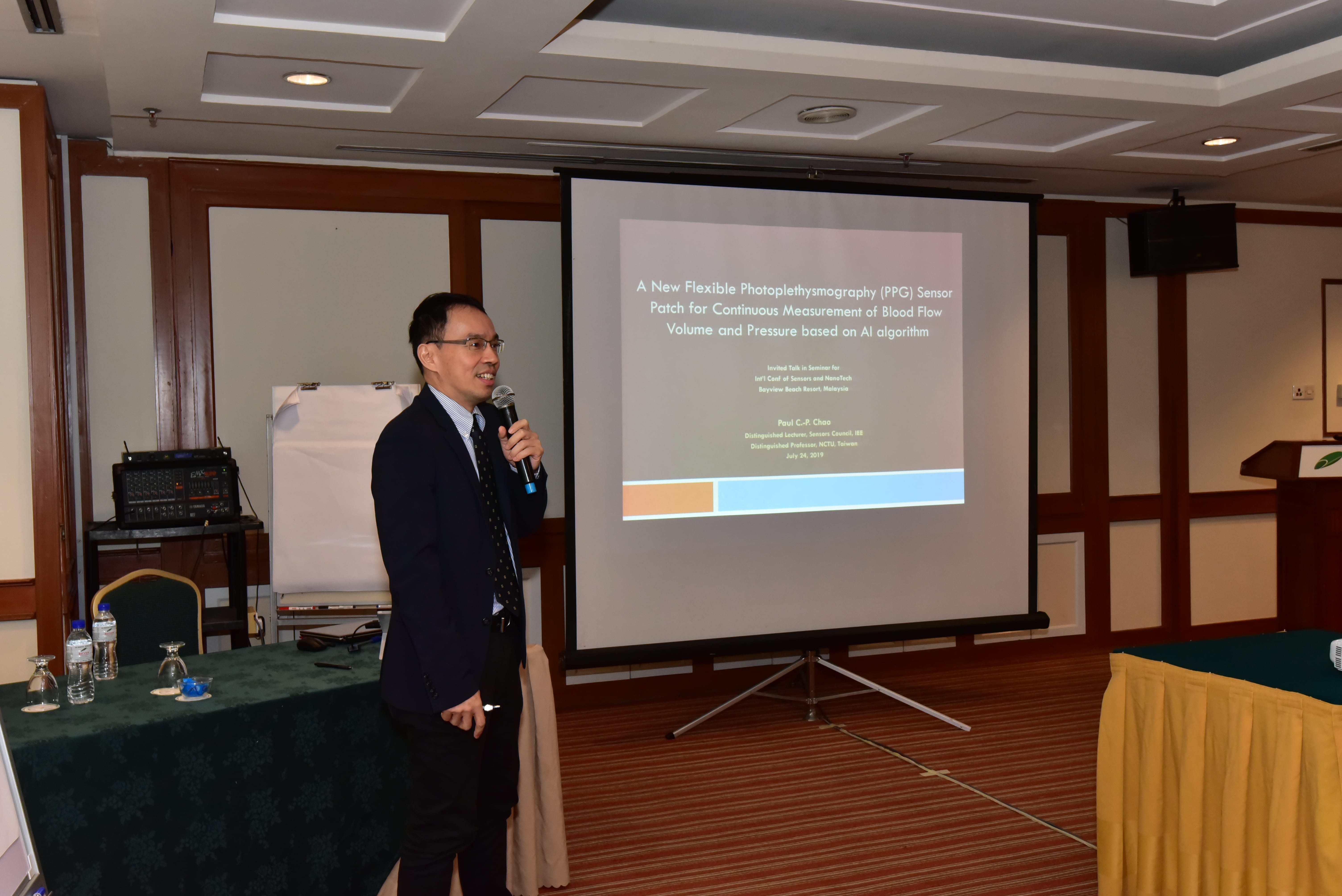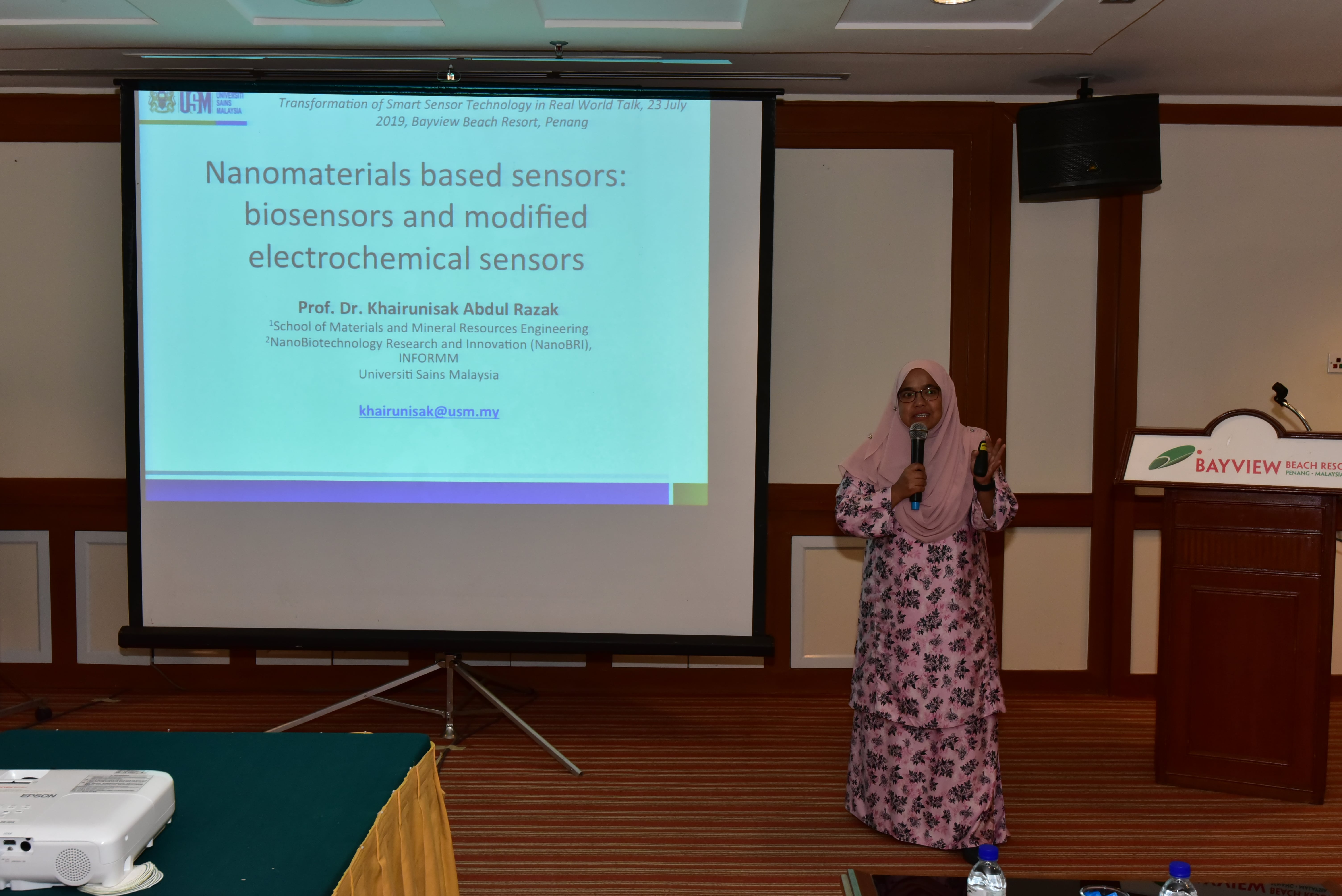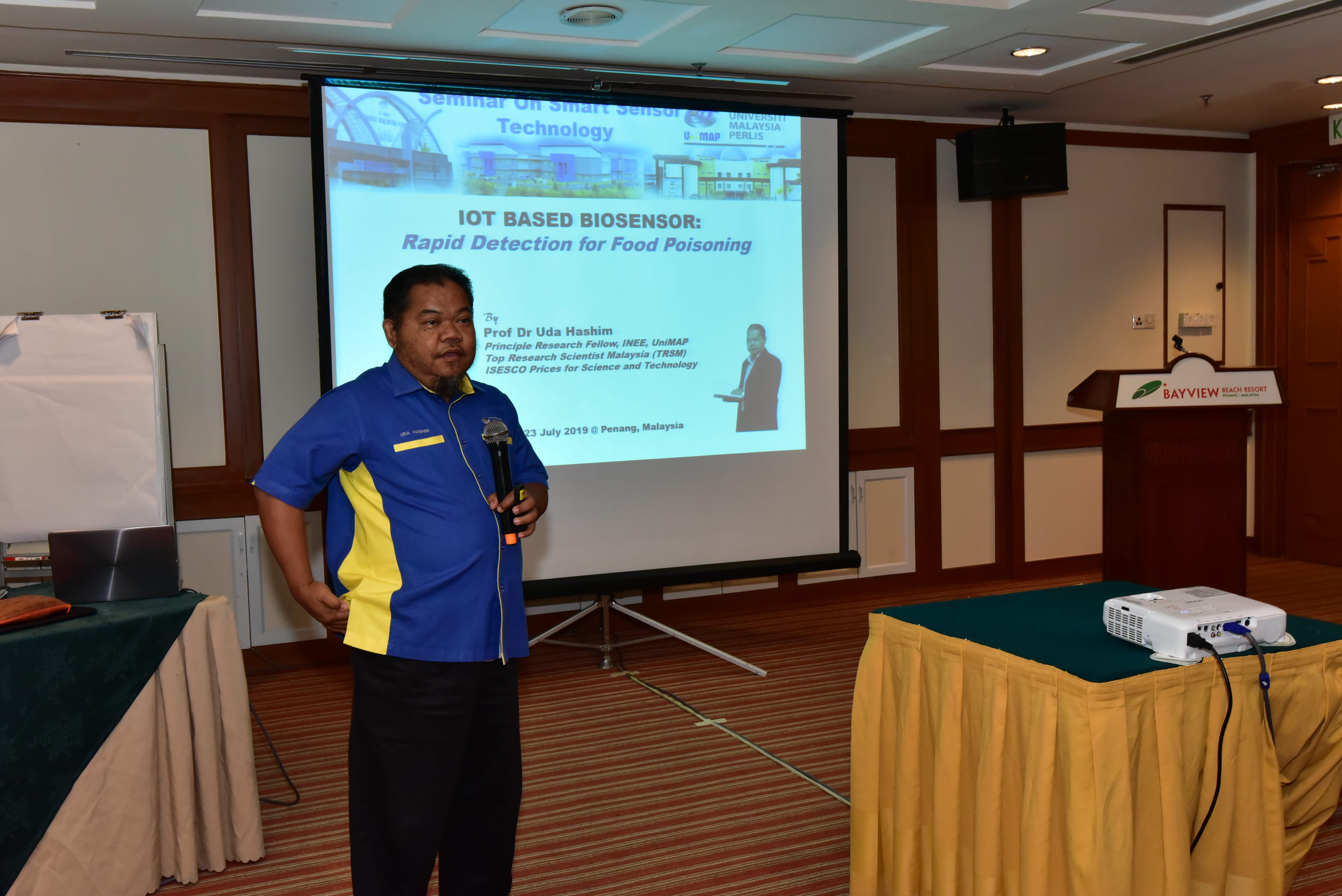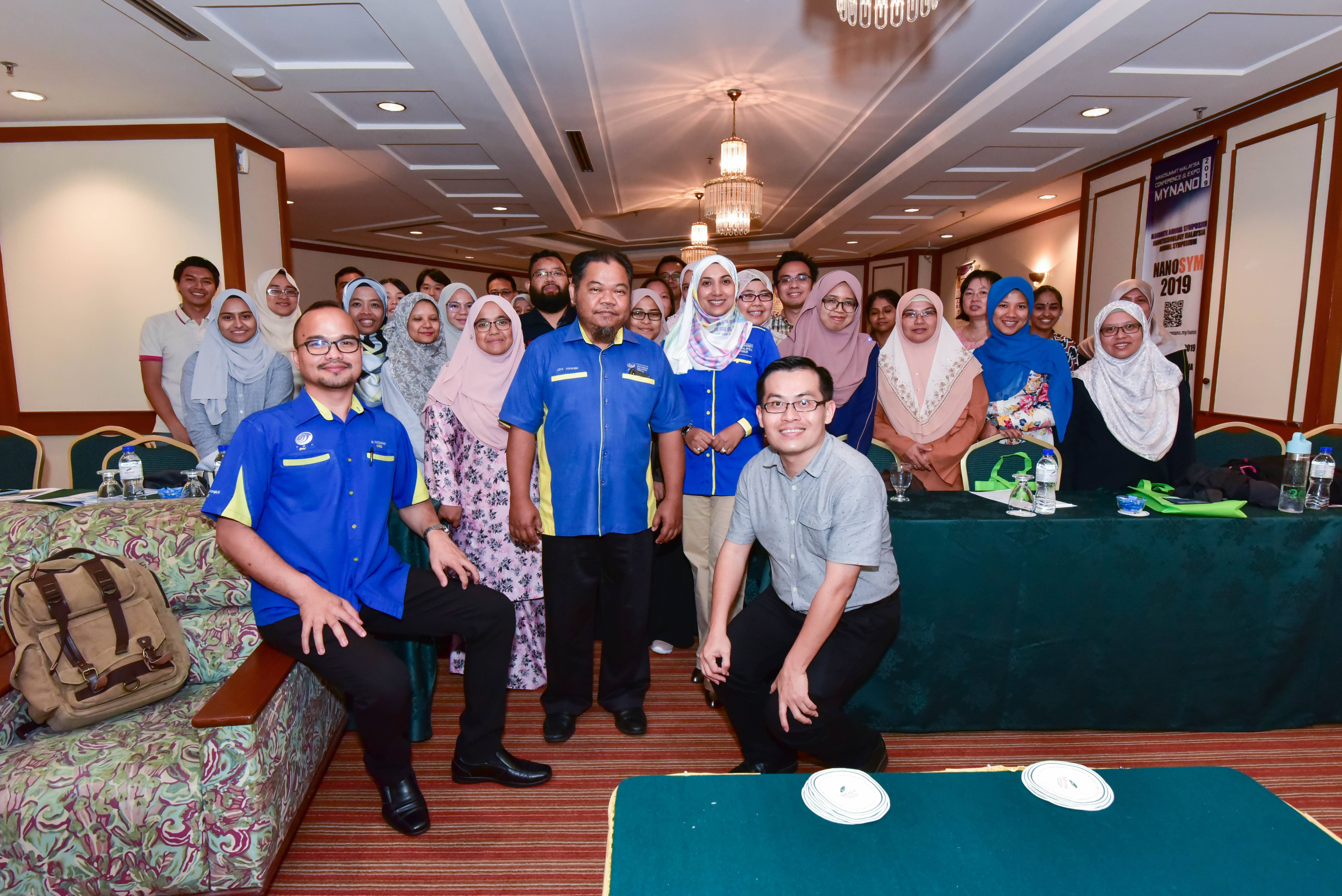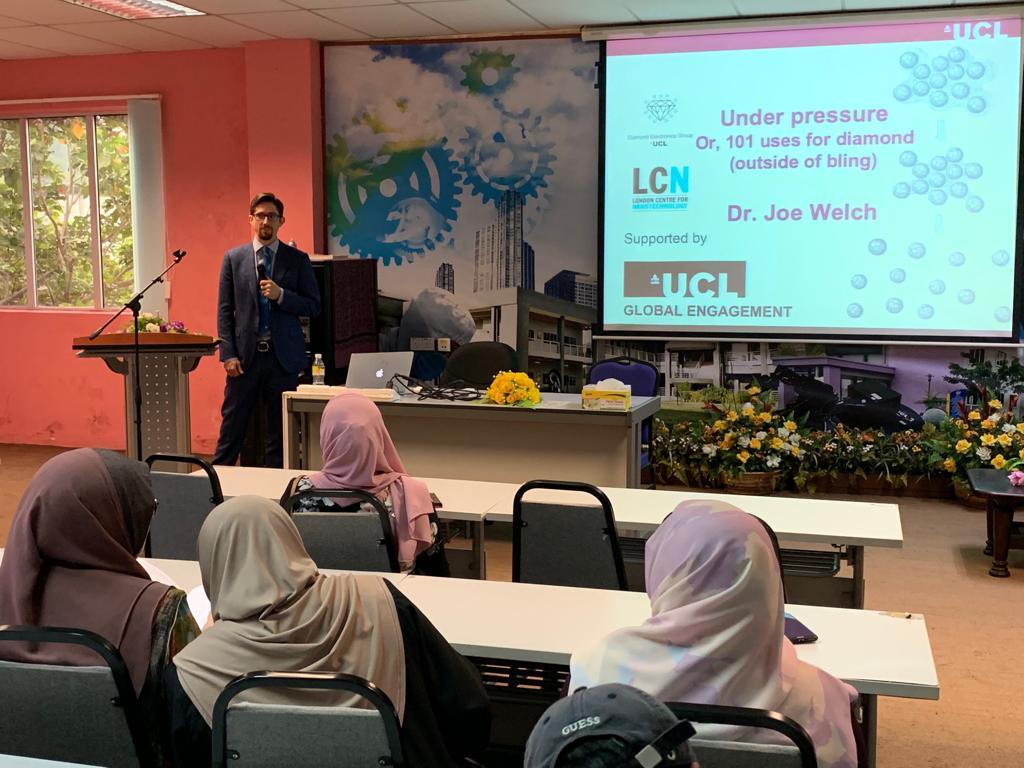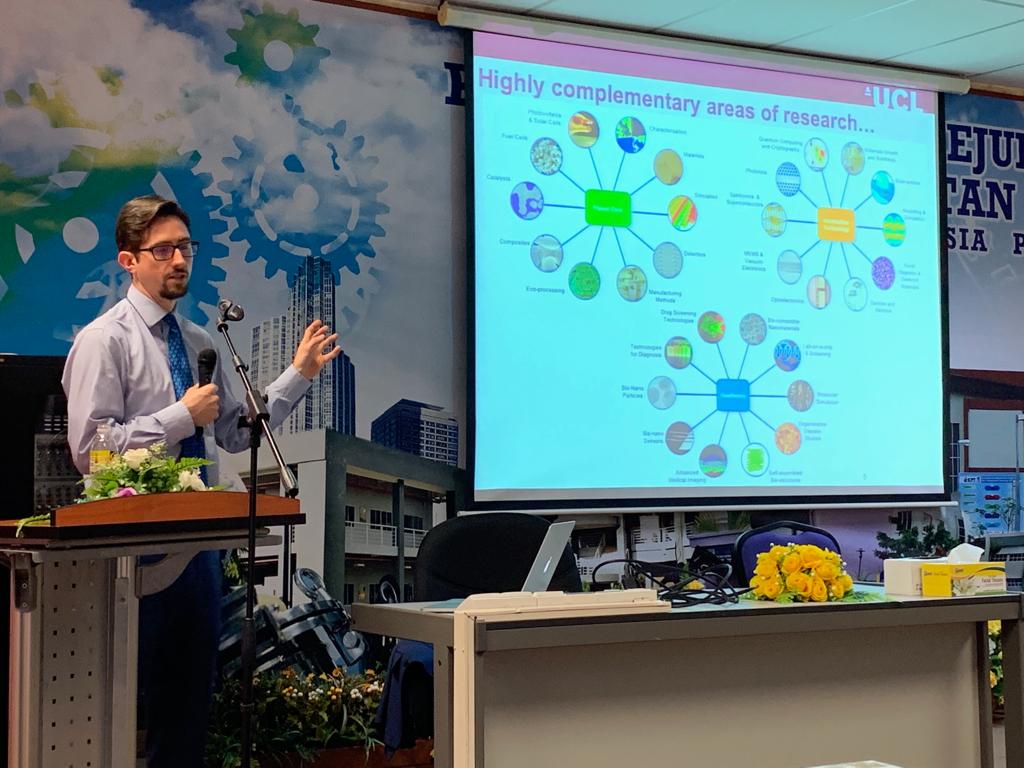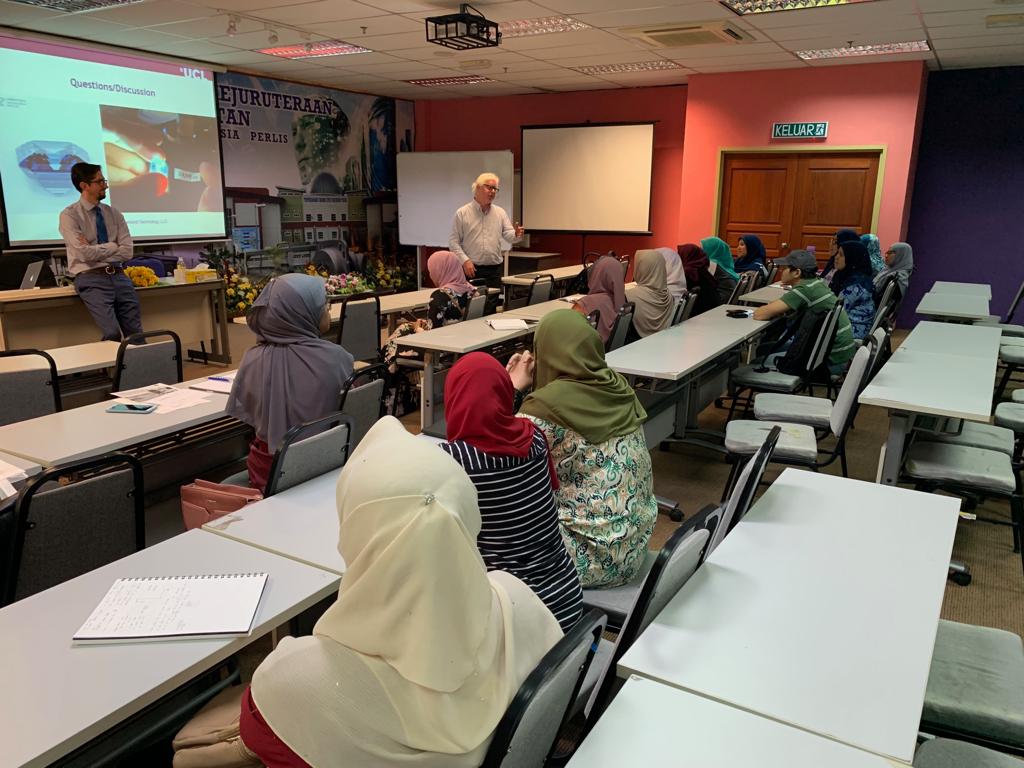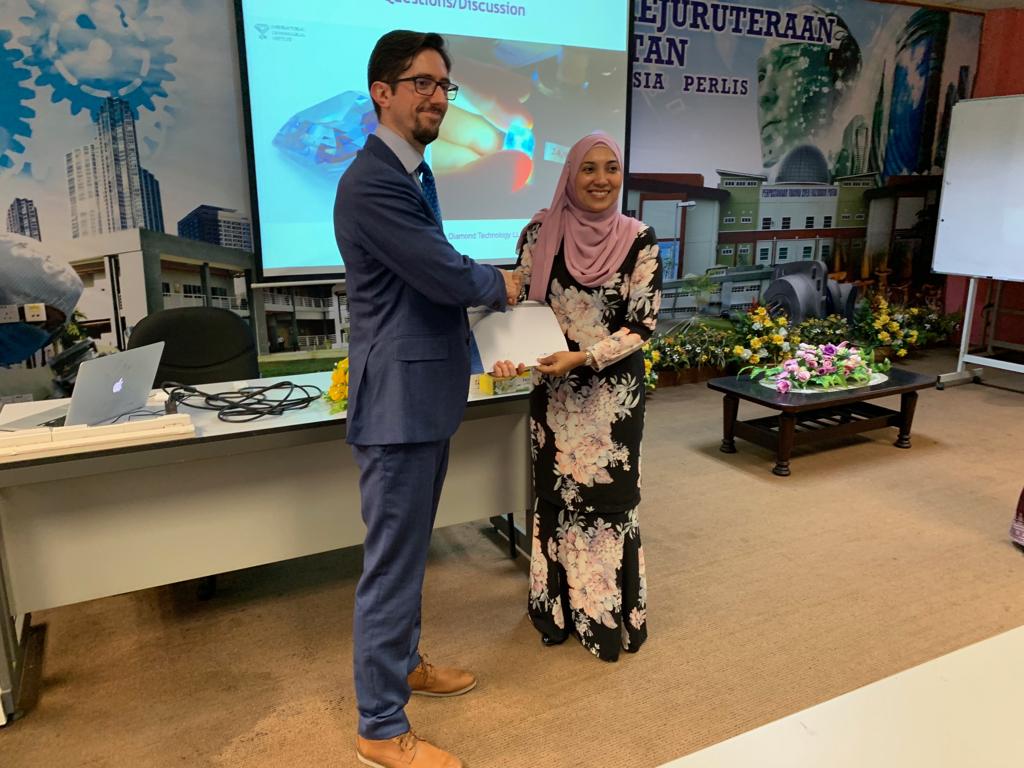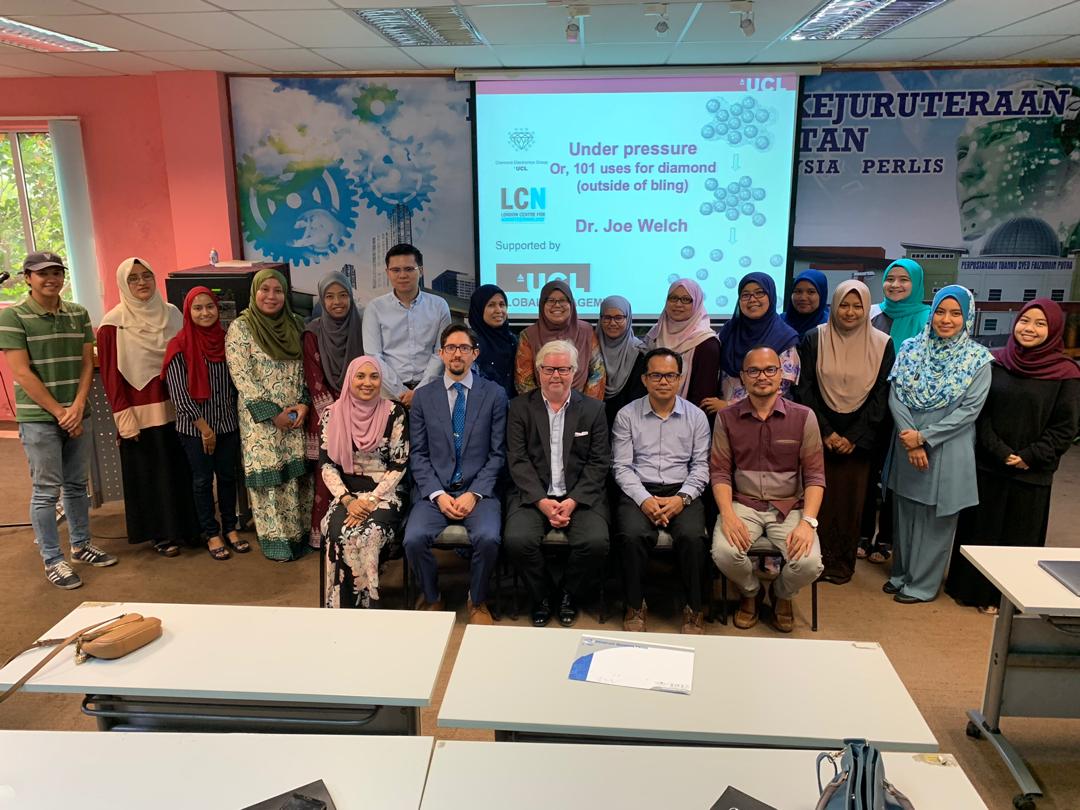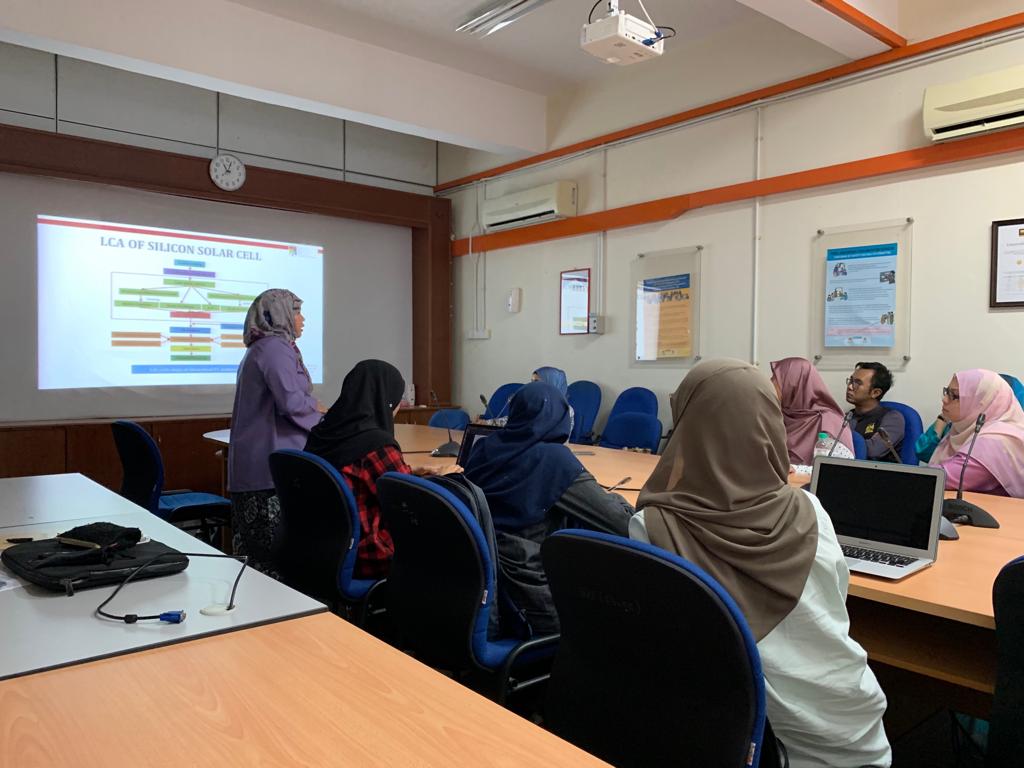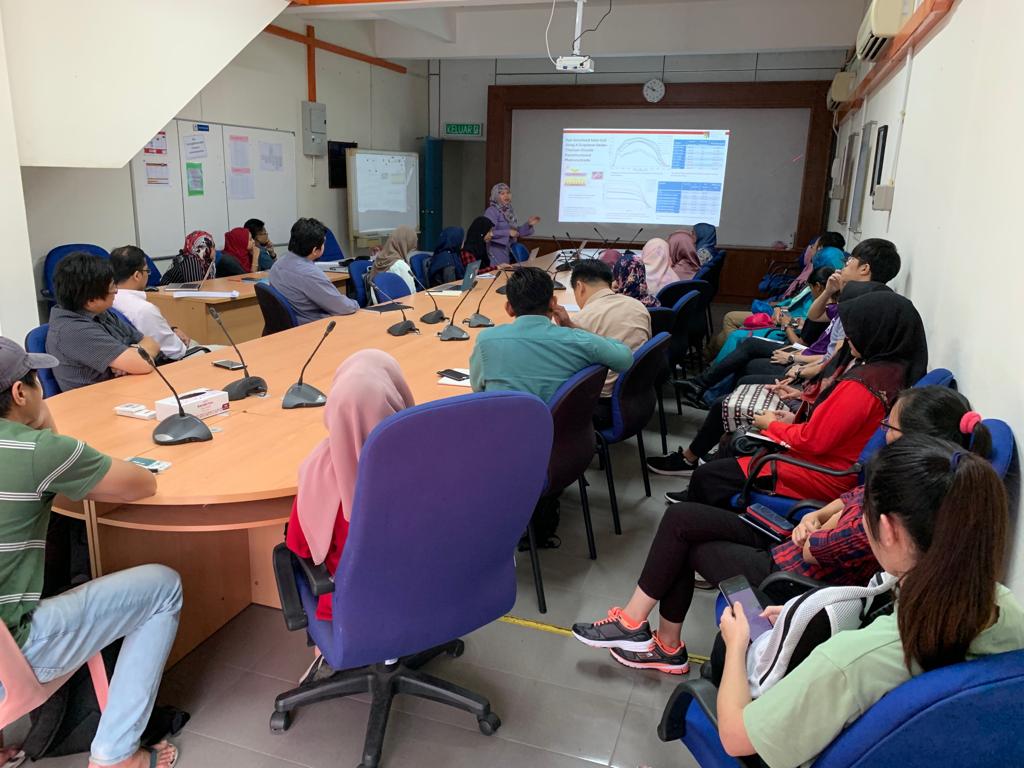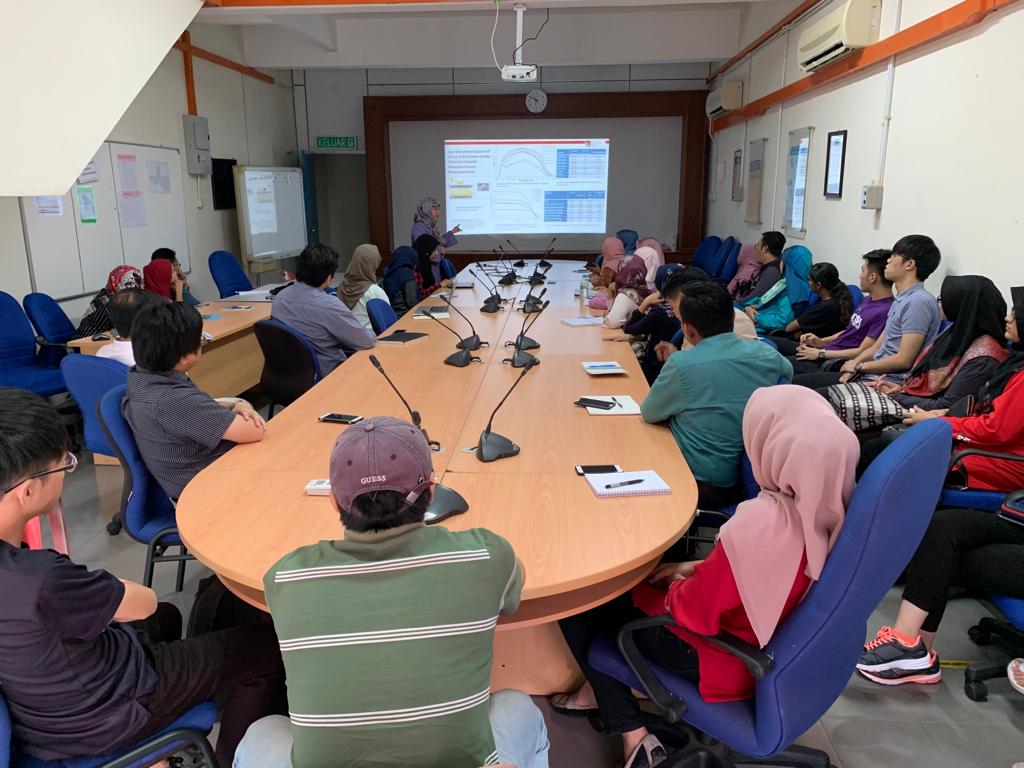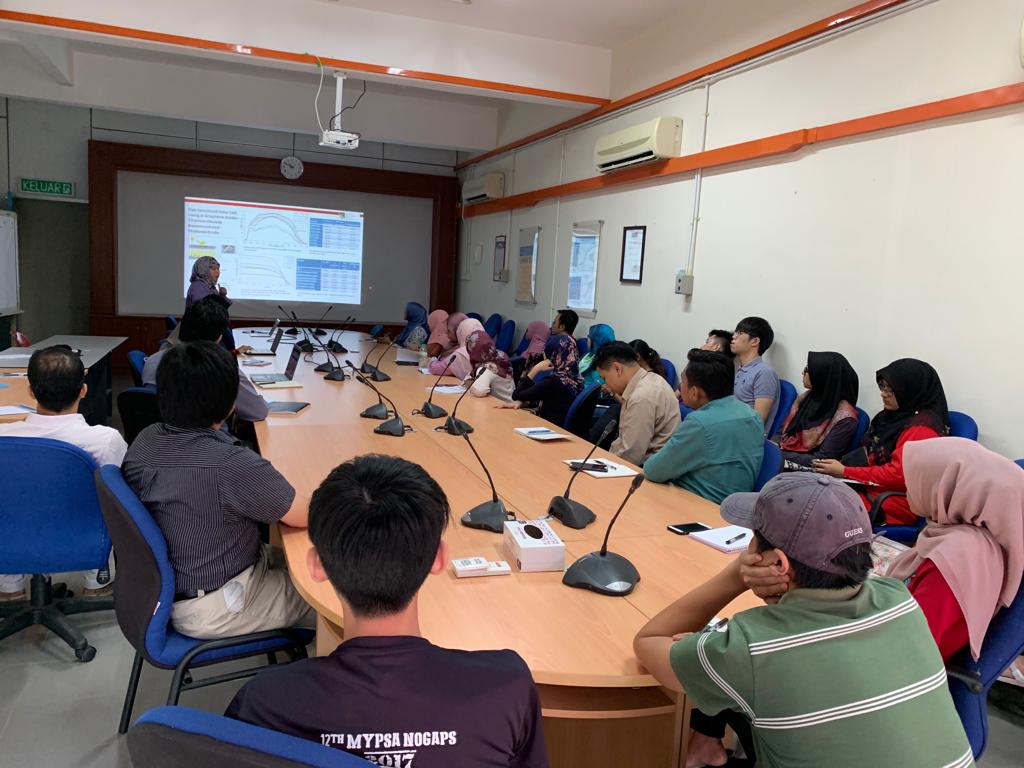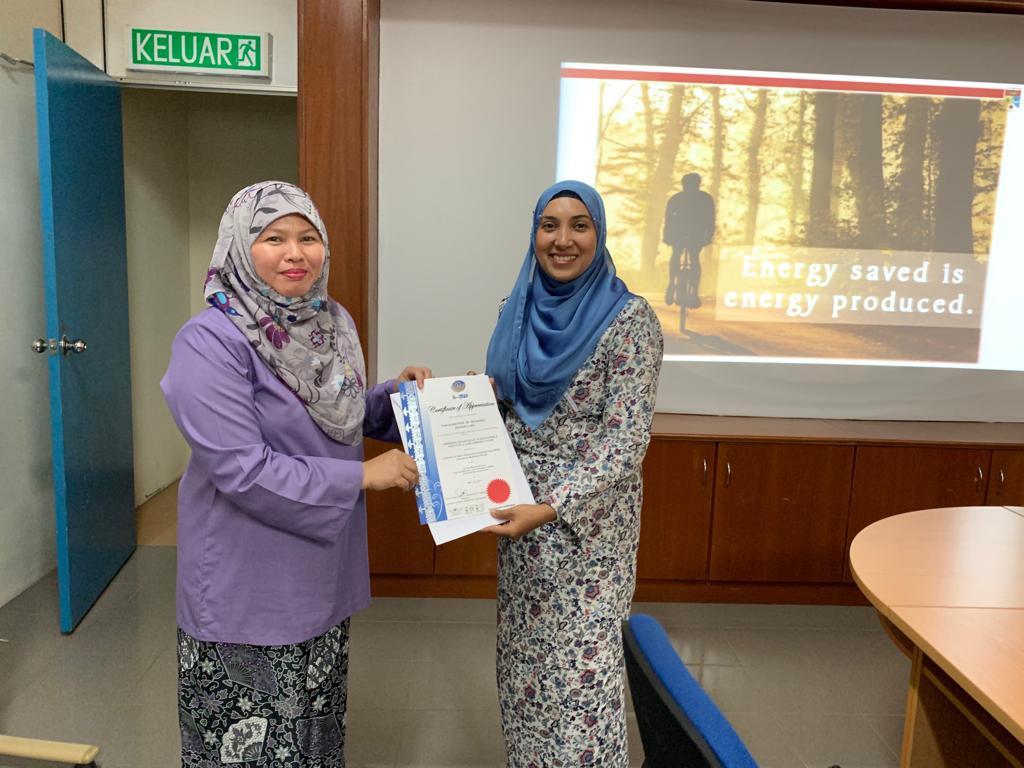1-Day Seminar Talk entitled Transformation of Smart Sensor Technology in Real World was held in Bayview Beach Resort, Batu Ferringhi, Pulau Pinang, Malaysia on Tuesday, 23rd of July of 2019. This seminar was launched by Assoc. Prof. Dr. Ruslinda A. Rahim, Director of Institute Nano Electronic Engineering.
More than 46 participants came from Malaysia and Japan was attending this seminar to gain knowledges about new sensor technology. The list of Malaysian Universities participated in this seminar came from Universiti Malaysia Perlis (UniMAP), Universiti Sains Malaysia (USM), University Kebangsaan Malaysia (UKM), Universiti Kuala Lumpur (UniKL), Universiti Pertahanan Nasional Malaysia (UPNM), University Teknologi Malaysia (UTM), Universiti Teknologi PETRONAS (UTP), and Heriot-Watt University.
While the Japan participants came from Osaka University and Tokyo University of Agriculture and Technology. 1-day Seminar Transformation of Smart Sensor Technology in Real World is one of the platforms that can bring in expertise from outside and within Malaysia to see the prospect of sensors and then see the direction of sensor use in today’s world and Malaysia in particular.
Through this workshop, researchers in UniMAP are expected to maintain collaboration between universities within and outside to further enhance extensive sensor-based research. The list of speaker and their talk titles as listed below:
Speaker Session I
Speaker: Prof. Dr. Ravichandran Manickam, AIMST University, Kedah
Title: Biosensors for the infectious diseases
Speaker Session II
Speaker: Prof. Dr. Sandro Carrara (IEEE), École Polytechnique Fédérale De Lausanne, Switzerland
Title: Bio/Nano/CMOS interface for remote monitoring of Human Metabolism
Speaker Session III
Speaker: Prof. Dr. Paul C.-P. Chao, National Chiao Tung University
Title: A New Flexible Photoplethysmography (PPG) Sensor Patch for Stable, Continuous Blood Flow Volume and Pressures Measurement
Speaker Session IV
Speaker: Prof. Dr. Khairunisak Bt. Abdul Razak, Universiti Sains Malaysia
Title: Nanomaterials based sensors: biosensors and modified electrochemical sensors
Speaker Session V
Speaker: Prof. Dr. Uda Hashim, Deputy Vice Chancellor, UniMAP
Title: IOT Based Biosensor: Rapid Detection for Food Poisoning
